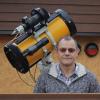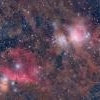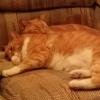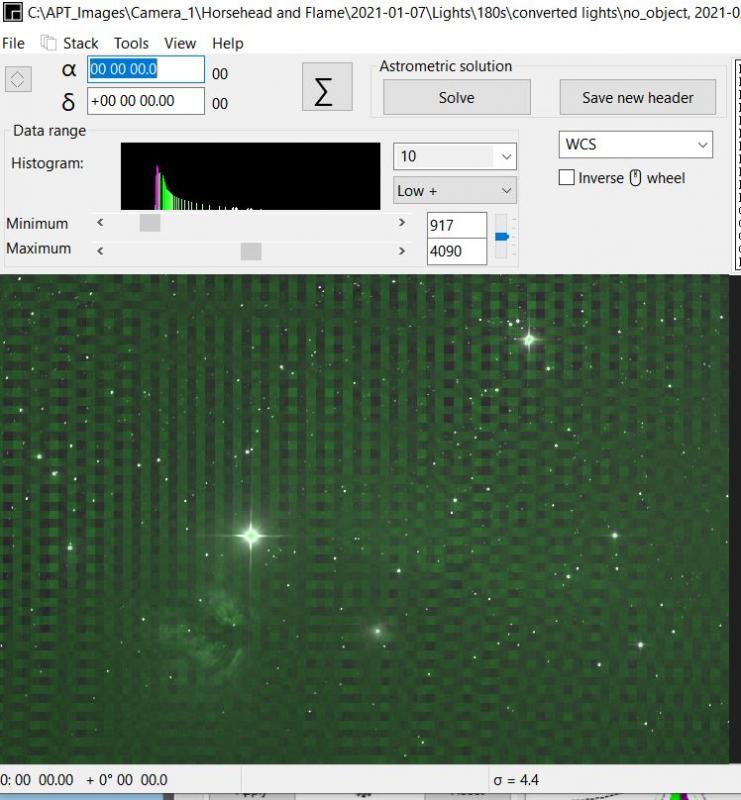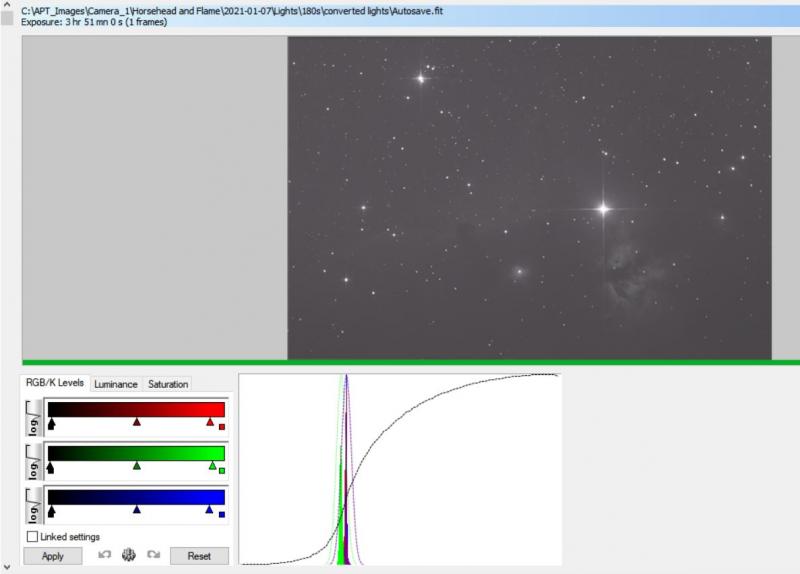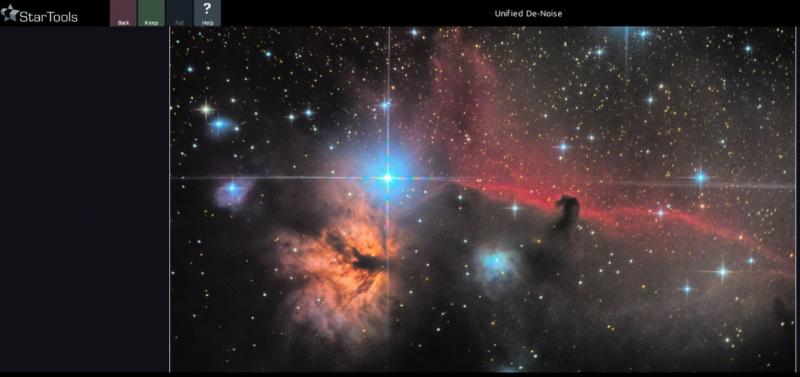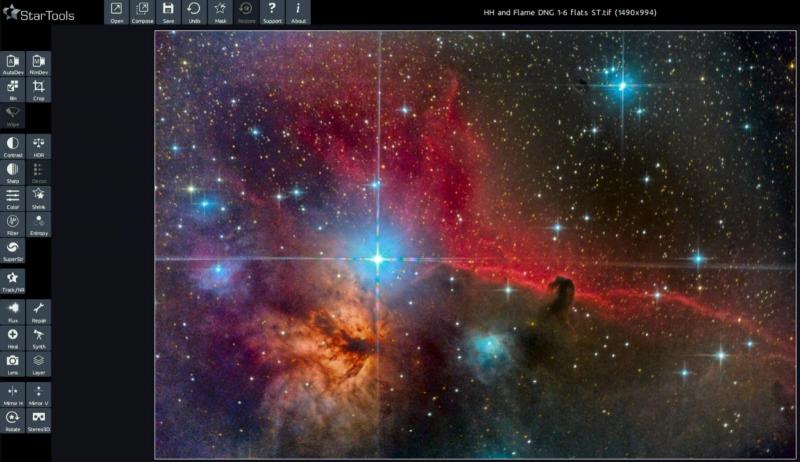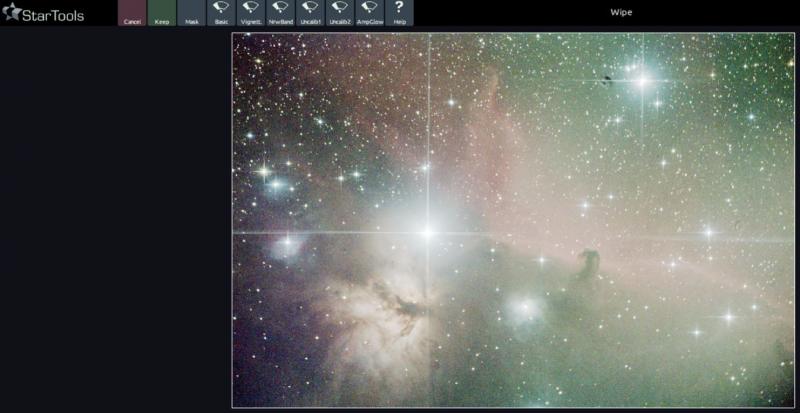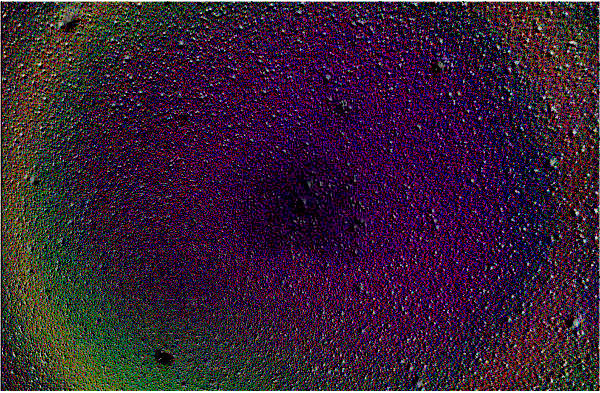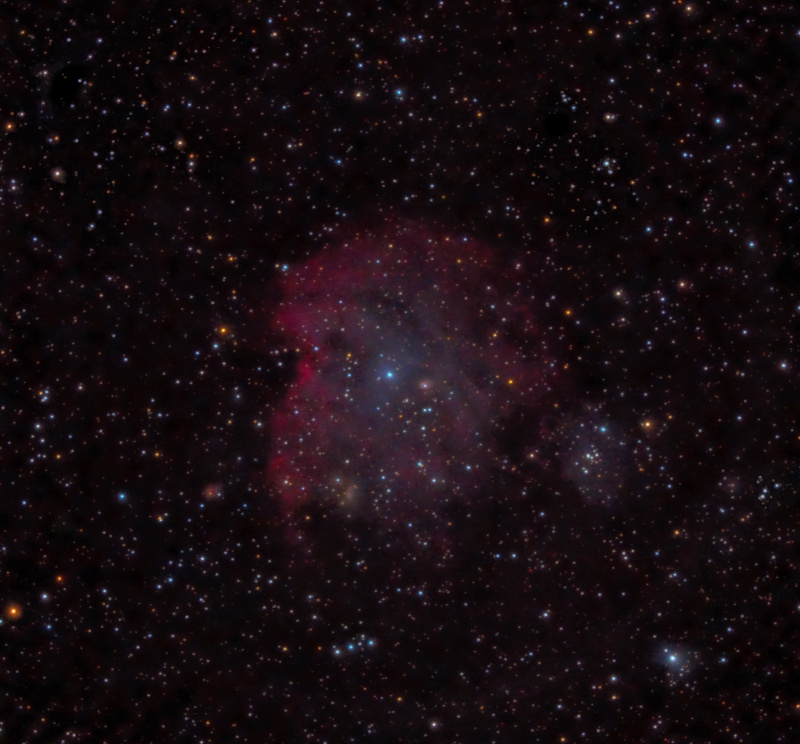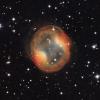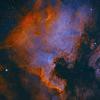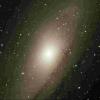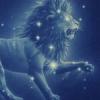I have some great news - version 2.0 is now ready and I've tested it on both Windows 7 and Windows 10. This version works with DNG files, which is better solution because DNG files can be opened by almost everything: PixInsight, DeepSkyStacker, AstroPixelProcessor, Photoshop/LightRoom, RawTherapee etc. It also means that important header information is preserved e.g. ISO, exposure length, lens data etc.
The breakthrough happened when I discovered the DNG file contains the original lossy compressed NEF data. So it became possible to uncompress it using the same LUT that LibRaw uses and then apply my table of corrections.
You will need to download the Adobe DNG Converter which will convert your NEF files to DNG:
https://helpx.adobe....-converter.html
Afterwards run my application to remove the D5300 rings.
The interface is the same as before:
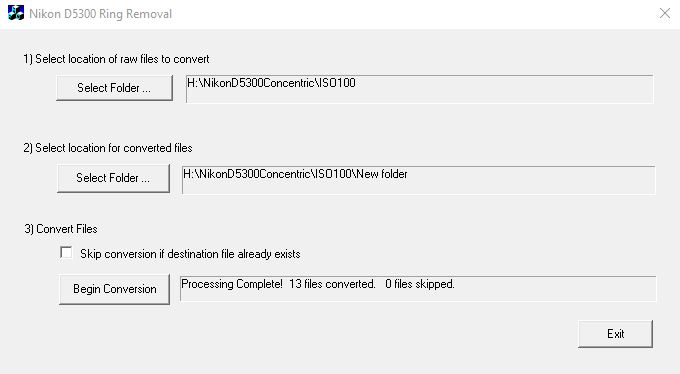
The executable is larger because of the larger size of the DNG library which means the zip is too large to be uploaded here. It's therefore on my Google Drive:
https://drive.google...I4b2zej3fXZYjKG
Be sure to read the ReadMe file for instructions and other information.
I'm happy to supply the project files on request to anyone who wishes to examine the code or build it for themselves or develop it further. Please send me a PM.
The application should work for all Nikon cameras that use the same lossy compression as the D5300, as long as 14bit lossy compression mode was used:
D5100/D5200/D5300
D500
D600/D610
D7000/D7100/D7500
D3S/D3X
D4
D800/D800E/D850
The application does not check that DNG files are lossy compressed; does not check that the DNG files are 14bit and does not check the camera uses the same compression table as the D5300. In each case the application will still apply the correction table to the data, which will have the unfortunate effect of introducing rings where previously none existed.
Mark


